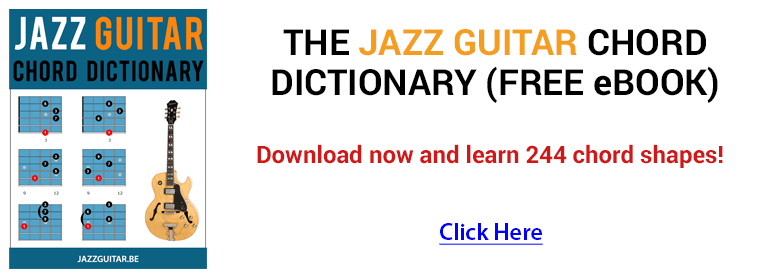-
I thought I knew at least the basics of theory and chord forms. But I was just going over the changes to some Stevie Wonder tunes for tonight's gig and I stumbled onto this in iReal:
What is a 5 chord?
-
07-28-2022 03:55 PM
-
I have seen that used to mean a ‘power chord’ (usually for guitar), i.e. only containing the root and fifth.
Whether that was intended here I don’t know.
-
It just means no 3rd.
-
My understanding, such as it is, is that rock power chords don't have a 3rd, because they don't sound good with heavy distortion. I think they're usually two roots and two fifths. That may one reason I hate rock music. The main reason is that I hate distortion. YMMV.
-
It's a power chord, as in heavy rock. Play it like this:
35xxxx
Bang on it loudly. Quite effective going up in whole tones.
-
other variations include
 Originally Posted by ragman1
Originally Posted by ragman1
3x0033
or any combination of G& D
x55xxx
x5578x
10 10 12 12 xx
etc
Many reasons other than rock to use G5. Ambient music for example where less info in a drone sound takes less space & gives more room to improvise
Pop & country are full of that first open example I wrote above.
-
A 5 chord is just the root and the fifth.
 Originally Posted by nevershouldhavesoldit
Originally Posted by nevershouldhavesoldit
A slanted slash "/" means the thing left of the slash is the chord and the thing to the right of the slash is a bottom note other than the root.
A vertical slash "|" means the thing to the left is a chord and the thing to the right is a chord (indicates a polychord).
The weird thing here is that the G5/Bb 6 seems to be calling for a chord as the "bottom note". If that was what was intended the vertical bar "|" would be used to indicate a polychord, like between the C7 and the G5. So something else is going on here... unless the slash and bar aren't part of the chord symbols but indicating something else? I play some chords that would best be described as a fifth interval with a different chord above it, like this:
3 5 2 2 2 x
Could call that G6add9add#11omit3, but maybe easier to call it E6sus4/G5
Since the G5 appears in both chord symbols, it must be trying to say something, especially by "misusing" the form of the first one. The first chord would have the G5 on the top, the second would have it underneath. Maybe they are trying to make sure that those G5s are the same, indicating that the Bb(6) chord should be voiced with its G and D on the top, followed by those same G and D under a C7 rather than calling it a C9.
You didn't mention the song - what's going on there in the song?
-
The slash is the second beat of the bar.
G5 is the first and second beat.
Bb6 is the third beat.
C7 is the fourth beat.
-
Yeah, I think that's it... so, "Higher Ground" in G rather than Eb?
 Originally Posted by setemupjoe
Originally Posted by setemupjoe
-
I just see G5/Bb6 as over-describing a Bb6 chord, or perhaps just making the voicing more specific.
6x57xx is a Bb6 chord and it contains the G5 power chord.
The chords go | G5 C5 | G5, while the bass goes | Bb C | G
-
2 months too late to help, bit setemupjoe had it right-- whoever wrote the chart used the slash to denote 2 beats.
Try
x x 5 7 8 x
X x 5 7 6 x
X x 5 3 5 x
-
I checked the original in iRealpro, Higher Ground in G
Whoever wrote it abused the slash in place of a % sign (repeat previous chord).
So if you play back the song it sounds like this
|G5 % Bb6 C7 | G5 |
This are two measures, meaning:
Two beats G5 (powerchord) one beat Bb6 one C7, next measure G5 powerchord...
matches the original:




 Reply With Quote
Reply With Quote



How does this sound?
Today, 04:50 PM in Guitar, Amps & Gizmos